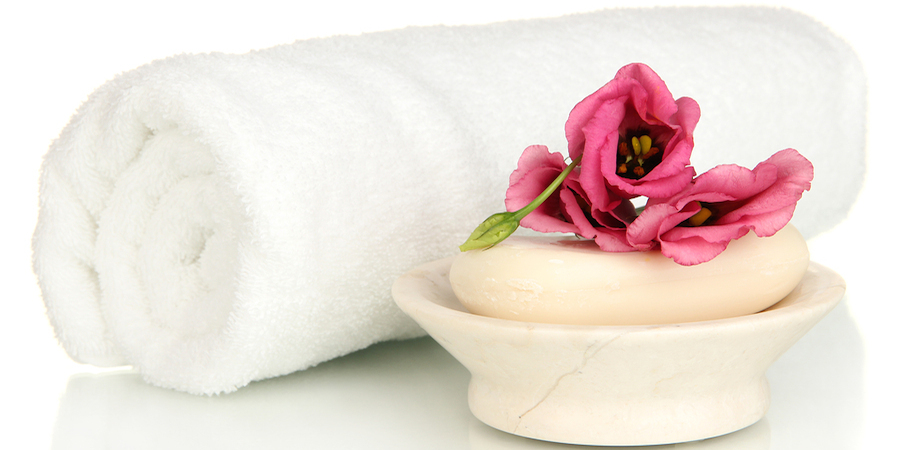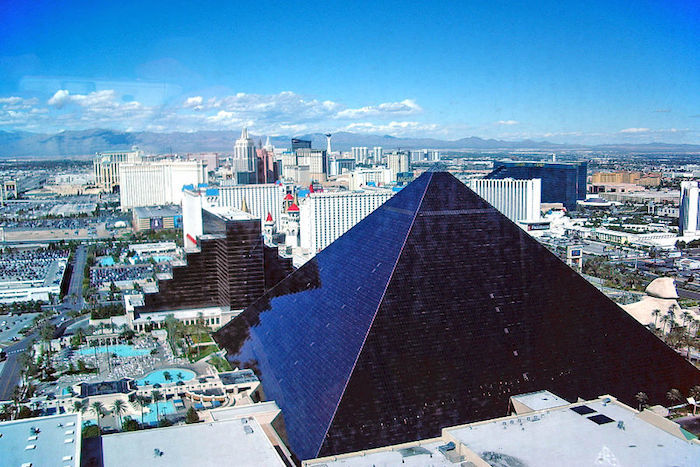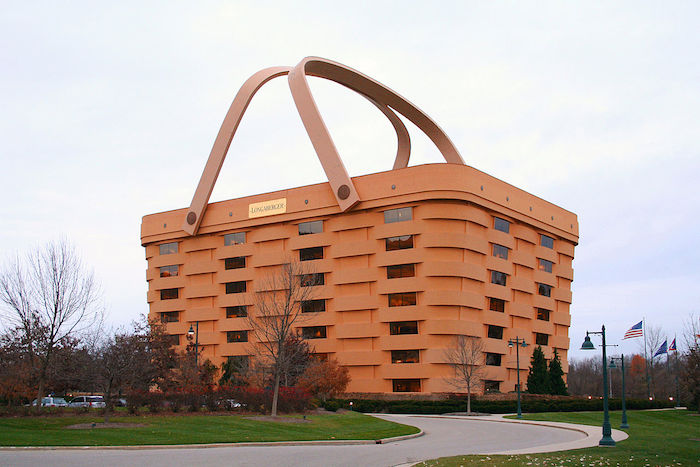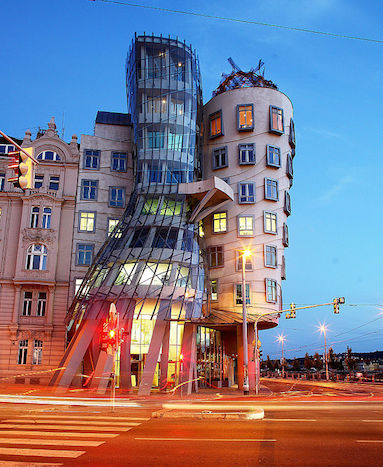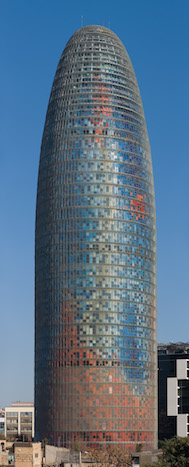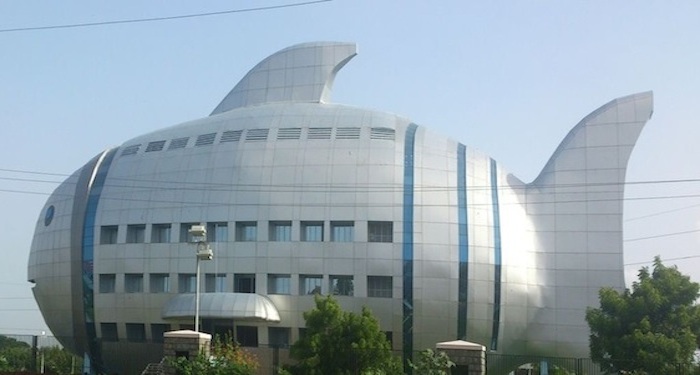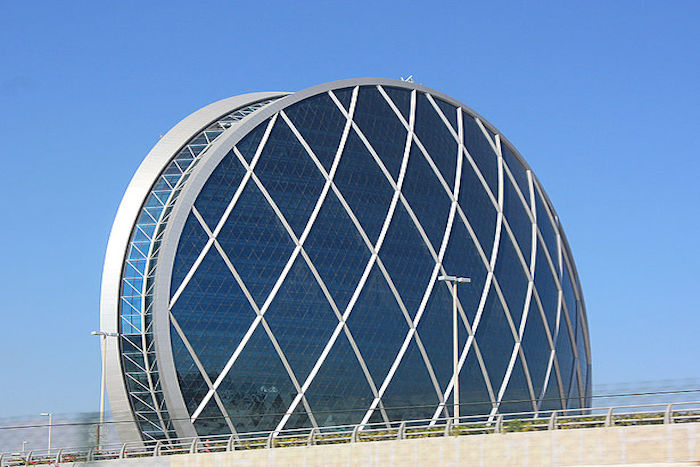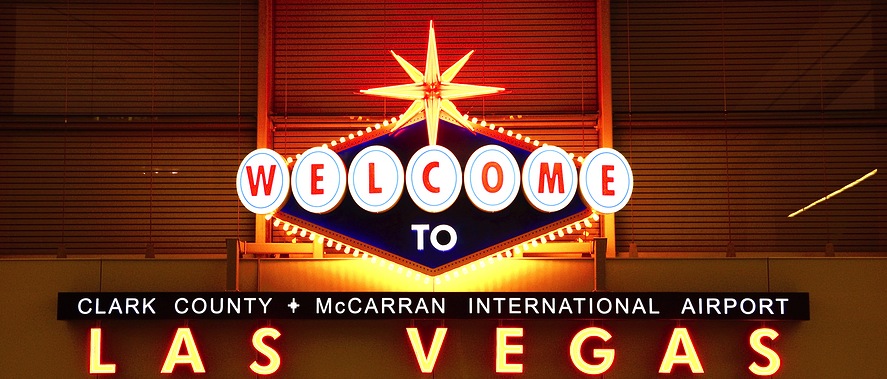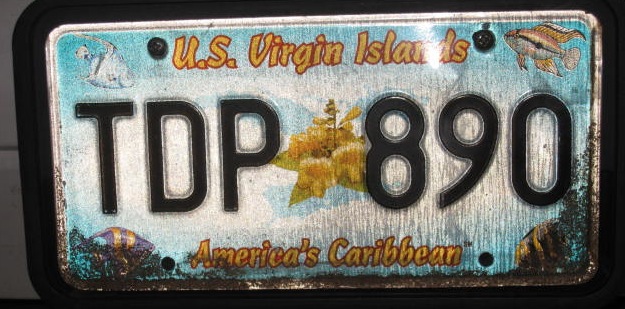Let’s be honest. Stealing at hotels is widespread. Egregious examples include $60 resort fees, $100 breakfasts, and $1,500-plus junior suites. But putting aside the shortcomings of management, let’s look at a question many hotel guests struggle with: Can taking hotel soap be considered stealing?
Yes it can.
You are stealing hotel soap if:
While a housekeeper’s cart is left unattended in the hallway, you load the cart’s entire supply into an empty suitcase you have brought along just for that purpose.
Noticing that the housekeeper has left another guest’s door ajar while servicing the room, you claim to be that guest, say you just need to duck into the bathroom for a minute, and make off with any toiletries you find. You increase the severity of your crime if, confronted by the room’s bona fide occupants, you claim to be a reviewer for TripAdvisor.
You actually are a hotel reviewer, and while an assistant manager waits patiently on the balcony, hoping you won’t notice the ants crawling up the wall, you strip the bathroom of everything you can fit into your camera bag.
Discovering the same soap in the hotel gift shop, you slip it into your tote bag and walk out without paying because you can’t get over how much they are selling it for.
You are a professional burglar, and are ransacking the room anyway, and take the soap because it comes in an expensive looking wrapper that makes it ideal for re-gifting.
If you do plan to steal hotel soap, the world’s best hotels to steal it from are:
The Hotel Principe di Savoia Milano
Lowest room rate: $353
Soap brand: Acqua di Parma
Soap cost: $35/3.5 oz.
Number of bars needed to recoup room rate: 10
Also worth considering: Recently re-designed by Thierry Despont, the Principe Bar is opulent, and its liquor stock not particularly well guarded.
Burj Al Arab Jumeirah Hotel, Dubai
Lowest room rate: $1,767
Soap brand: Hermes
Soap cost: $16.99/3.5 oz.
Number of bars needed to recoup room rate: 104
Also worth considering: One of the hotel’s chauffer-driven guest Rolls Royces will blend into local traffic for a clean getaway.
Four Seasons Hotel Gresham Palace Budapest
Lowest room rate: $333
Soap brand: L’Occitane
Soap cost: $7/2.6 oz.
Number of bars needed to recoup room rate: 48
Also worth considering: Nespresso coffee machine will fit inconspicuously into all but smallest bags.
Oberoi Udaivilas, Udaipur, India
Lowest room rate: $321
Soap brand: Kama Ayurveda
Soap cost: $10/2.65 oz.
Number of bars needed to recoup room rate: 32
Also worth considering: Chandelier in the lobby is not vintage, but of high quality.
The Langham, Chicago
Lowest room rate: $490
Soap brand: Chua Spa Private Label
Soap cost: $10/3.5 oz.
Number of bars needed to recoup room rate: 49
Also worth considering: Upgrade to the infinity suite and you’ll have the option of making off with the custom-painted grand piano.
The Peninsula Shanghai
Lowest room rate: $403
Soap brand: Oscar de la Renta
Soap cost: $12.90/3.5oz.
Number of bars needed to recoup room rate: 31
Also worth considering: Artwork on walls at Salon de Ming lounge should prove easy enough to remove.
Big Stock Photo

